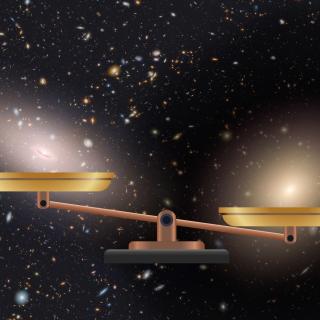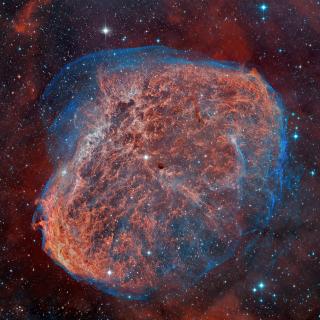A time-lapse video by astrophotographer Daniel López tracks the asteroid for more than an hour-and-a-half. During that time, 2012 DA14 covered around 49,000 kilometres. It would take an aeroplane two days to cover such a distance.
Close on 50,000 kilometres in just over an hour-and-a-half. On the night of 15 February,astrophotographer and collaborator of the Instituto de Astrofísica de Canarias (IAC) Daniel López captured the close flyby of asteroid 2012 DA14 in the skies over the Canary Islands. The observations were part of a tracking programme set in motion by the Institute in order to analyse the phenomenon. The event was transmitted live on the ESA channel via the Optical Ground Station telescope at the Teide Observatory.
López's work, recognized by NASA as Astronomical Image of the Day, consisted in tracking 2012 DA14 - 50 metres in diameter - for one hour and 46 minutes. The image shows how the object moves away from the Earth, as revealed by its gradual fading and apparent speed. During theinterval of time over which it was observed, the asteroid covered some 49,000 kilometres, adistance greater than the circumference of the Earth (just under 40,000 kilometres). It would take a commercial airliner two days to cover the same distance.
All the observations obtained by the IAC during the flyby of 2012 DA14 can be accessed in the Image Database of the IAC:
- Timelapse video by astrophotographer Daniel López: In this timelapse video Daniel Lópezcaptures 106 minutes' of images of the flyby
- Gallery of timelapse videos and simulations
- Galery of real and simulated images
See also: Especial report 'Asteroid 2012 DA14' on the IAC's website
Further information: Daniel López (dlp [at] iac.es (dlp[at]iac[dot]es)) (647 901 830)


